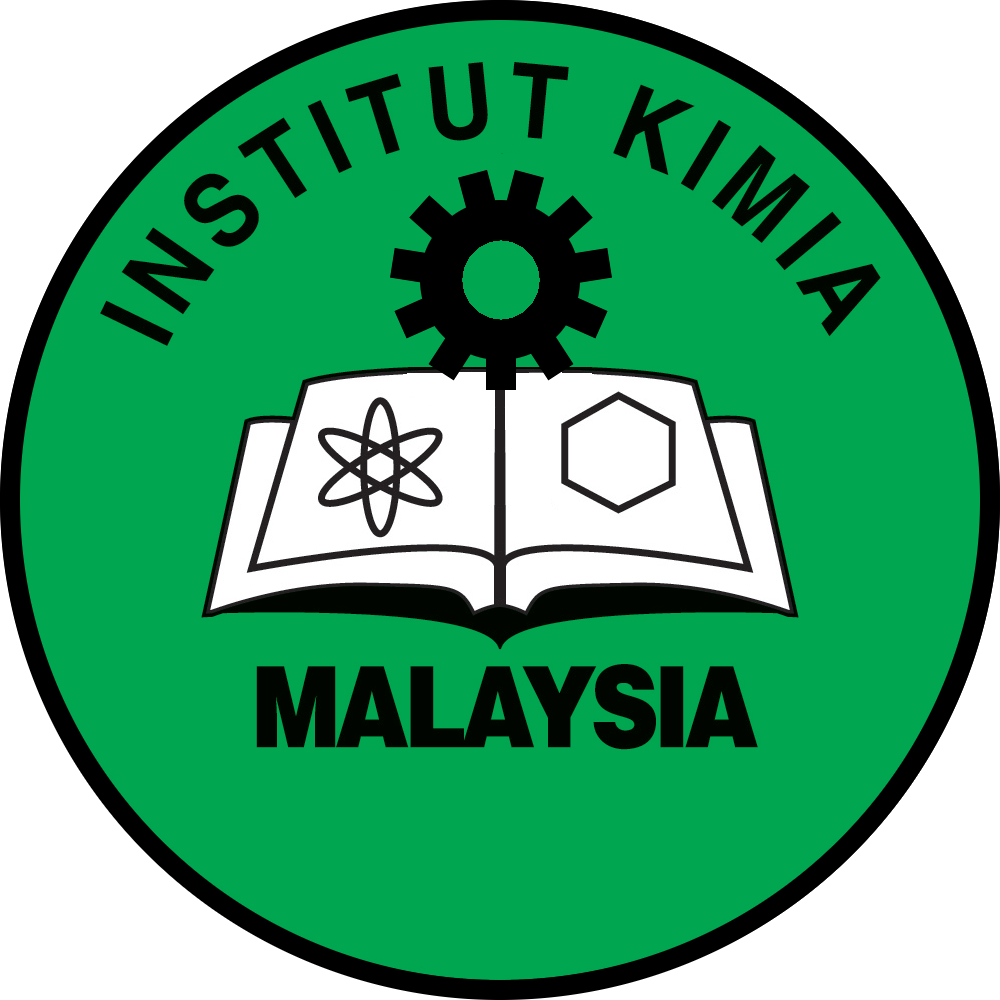Analysis of Contaminants in Paddy Irrigation System: Assessment on Water Quality
DOI: https://doi.org/10.55373/mjchem.v26i6.209
Keywords: Water quality; contaminants; paddy cultivation; MADA
Abstract
Paddy and rice industry has garnered much interest from various aspects of research, due to its interconnection with food safety, food security, and socio-economic factors. The yield is highly influenced by the uses of various agrochemicals in different cultivation stages. Despite its advantages, uncontrolled use of agrochemicals may adversely affect humans, aquatic species, and the surrounding ecosystem. Hence, monitoring and controlling the contaminant, especially in water, is vital to ensure the toxicity will not affect the general population and environment. This study selected the Muda Agricultural Development Authority (MADA), a major rice-producing region (38.8%) in Malaysia as a focal point. Sampling was conducted from February to September, following the typical management schedules for paddy cultivation for the year 2022. Samples were collected and analyzed for various important physico-chemical parameters. Water Quality Index (WQI) was established and analyzed for elements and heavy metals, conductivity, phosphate, sulfate, nitrate, and pesticide residue screening. Considering rainfall is also a common, major water input to paddy fields, the correlation between rainfall data and cultivation stages against water quality and contaminant occurrences was also evaluated. Results show that 5% of data were classified as polluted (WQI ˂60) while the remaining gave WQI ˃ 60, an indication of clean and slightly polluted status respectively, and in compliance with the minimum requirement for irrigation (Class IV) imposed by the DOE Water Quality Index Classification. However, the distribution of observed data shows that the WQI mostly declined during land preparation and sowing activity (April – May), supported by the decreasing subindex value for total suspended solids. National Water Quality Standards (NWQS) were used to assess the status of other contaminants in the irrigation system. Pesticide screening analysis on 28 active compounds perceived the residue was below the limit of quantitation (LOQ). Hence it demonstrates that the weather patterns and agronomic practices can alter the quality of irrigation water.
